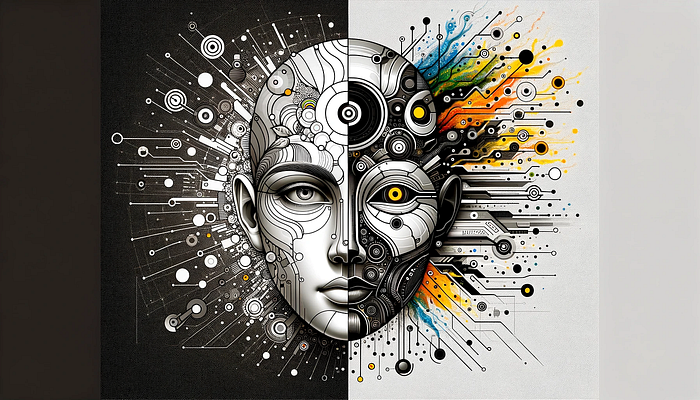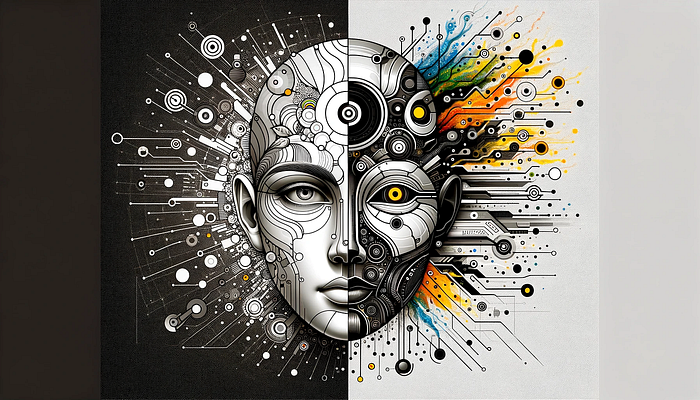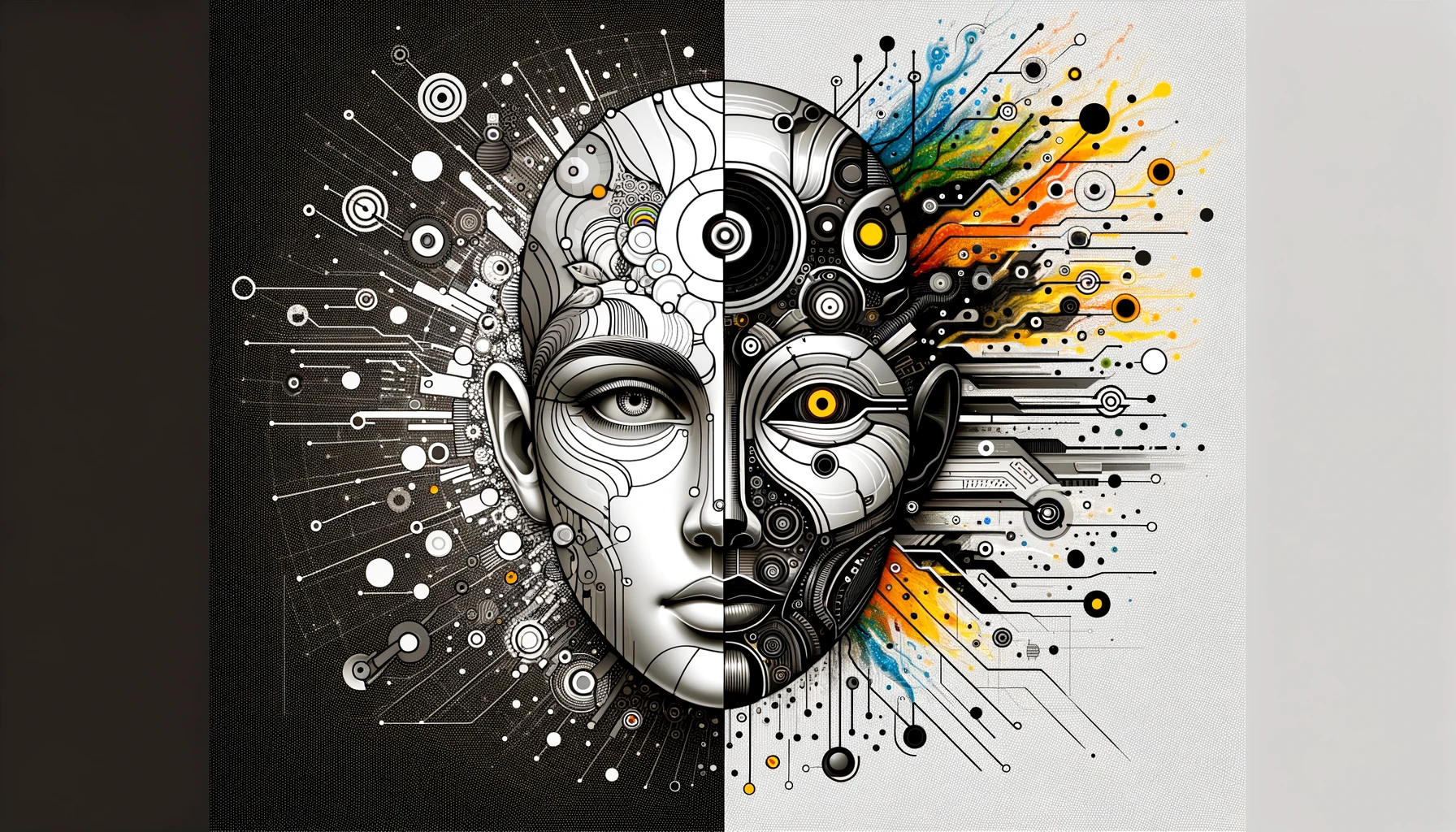Complete Guide to Image Labeling for Computer Vision
What Is Image Labeling?
Image labeling focuses on identifying and tagging specific details in an image. It is commonly used to build datasets for training of computer vision algorithms.
The quality of image labels will determine the overall quality of the dataset, and how effective it will be in training algorithms. Accurate labels are necessary to build reliable computer vision models that can detect, identify, and classify objects. Thus, image labeling is becoming an integral part of the machine learning operations (MLOps) process.
Image datasets are divided into a training set, used to initially train the model, and a test/validation set used to evaluate the model’s performance. The end result is to create a model that is fed unseen, unlabelled data, and is able to generate an accurate prediction.
The Importance of Image Labeling
Interest in image labeling is growing, as a direct result of widespread adoption of artificial intelligence (AI) technologies. Computer vision applications can be found in a variety of industries — for example, they are used to build autonomous vehicles, perform quality control on products during manufacturing, and analyze video surveillance footage to discover suspicious activity.
To develop an AI computer vision system, data scientists must first train a model to recognize images and objects. A computer vision can “see” using cameras, but without training and the appropriate models, it cannot interpret what it sees and trigger relevant actions.
A deep learning computer vision algorithm learns to recognize images from a training dataset of labeled images. Data scientists collect relevant images or videos which represent the real-life inputs the algorithm is likely to encounter. Then, data labelers review these images and assign accurate labels. They typically use data annotation tools to draw bounding boxes around objects in an image and assign a meaningful textual label to it.
New Image Labeling Use Cases
Computer vision is going beyond the classic use cases, such as autonomous cars and medical image analysis, to address new use cases. These new use cases require their own image datasets and image labeling initiatives.
Robotics
ML and AI-powered robotic machines are trained using monitored and labeled datasets to perform real-world human behaviors. This would not be possible without extensive data annotations.
Image tagging in robotics supports automation in biotechnology, agriculture, manufacturing, and many other industries. It allows robots to observe their surroundings, detect objects of interest and identify obstacles, and perform complex operations without human supervision.
Centralizing knowledge means being able to reproduce, extrapolate, and tailor experiments. Learn how large scale companies like Uber share internal knowledge.
Sports Analytics
Image tagging and annotations are used in the sports industry to build algorithms that can:
- Perform motion analysis and tailor personal fitness programs to athletes.
- Remotely monitor progress of fitness regimes and suggest improvements.
- Evaluate gameplay in team sports and propose more optimal strategies, as well as analysis of a large volume of game footage of competing teams.
Image Editing and Optimization
Modern websites and web applications use a large number of images, and need to display them across multiple devices and screen sizes. Each screen size might require different variations and sizes of the same image design.
Labeled image datasets can help train algorithms that automatically edit images. For example, these algorithms can crop and resize based on the most important elements in the image. Several commercial services are available that perform object detection and segmentation on-the-fly, and based on objects in the image, identify the best way to rework an image to fit a certain display size.
Methods of Image Labeling
Manual Annotation
Annotators often label images manually, providing textual annotations for whole images or parts of images. As manual image annotation can provide a baseline for training computer vision algorithms, manual labeling errors can result in less accurate algorithms. Labeling accuracy is essential for neural network training. Image annotators often use tools to assist them in their manual annotation tasks.
Challenges of manual annotation include:
- Different team members can generate inconsistent annotations.
- The process is time-consuming and requires extensive training.
- It is expensive and hard to scale for large data sets.
Semi-Automatic Annotation
Given the challenges of manual annotation, some choose to automate the image labeling process partially. Some computer vision tasks require a type of annotation that humans cannot easily achieve (e.g., classifying pixels). Automated image annotation tools may detect the boundaries of objects. While they save time, these tools are often less accurate than a human annotator.
Synthetic Annotation
Synthetic image annotation is a cost-effective, accurate alternative to manual annotation. An algorithm generates realistic images based on the operator’s criteria, automatically providing object bounding boxes. Synthetic image databases can look like real-world image databases with already-attached labels.
The three main synthetic image generation methods are:
- Variational autoencoder (VAE) — uses existing data to generate new distributions using an encoder and decoder.
- Generative adversarial network (GAN) — uses two neural networks working against each other. A generator creates realistic images, and a discriminator tries to distinguish the synthetic images.
- Neural radiance field (NeRF) — uses several images of a three-dimensional scene to generate images from new viewpoints.
Image Labeling Best Practices for Computer Vision Projects
Here are some best practices for labeling training images.
Understand the goal of the dataset
The first consideration when preparing a training data set is the computer vision problem the project needs to address. For instance, the training images must cover all the possible variations of an object under different conditions and angles. Machine learning algorithms are more accurate when trained on varied data and can recognize unusual instances of an object class (e.g., differently sized and colored cars).
The ML model assigns a label to entire images for image classification tasks. Labeling images for such use cases is relatively easy because there is often no need to identify multiple objects within each image. However, it is important to have clear categories to distinguish images. This approach only works for visually distinct objects.
Focus on image quality
Various methods can help accelerate image annotation processes. One way to prevent issues is to go over the images to identify patterns that could present challenges for labeling. The data set must cover all the relevant object classes and have a consistent labeling approach. It is especially important to remove unclear objects. If the human eye cannot easily identify an object, the image might not be clear enough to include in the data set.
Build a collaborative process
Domain and machine learning experts should collaborate on the computer vision project from the start, deciding together on the labeling approach. The team can start with small batches and work up to larger annotation projects.
Leverage existing data sets
Another useful resource for machine learning is the range of public training datasets. Image data sets like COCO and ImageNet have millions of images across various object classes. A new ML model might require more training data, but these data sets are a good place to start, saving time and avoiding having to build a model from scratch.
Conclusion
In this article, I explained the importance of image labeling to the AI industry, described use cases of image labeling, and covered the three image labeling methods: manual annotation, semi-automatic annotation, and synthetic image data.
Finally, I provided best practices that can help you make image labeling projects more effective:
- Clarify the goal of the dataset and providing the most appropriate examples.
- Ensure images are high quality, objects are clearly visible and unambiguous.
- Build a collaborative annotation process by involving data scientists and labelers.
- Don’t start from scratch — check if an image dataset exists for your use case.
I hope this will be useful as you plan for your next computer vision project.


